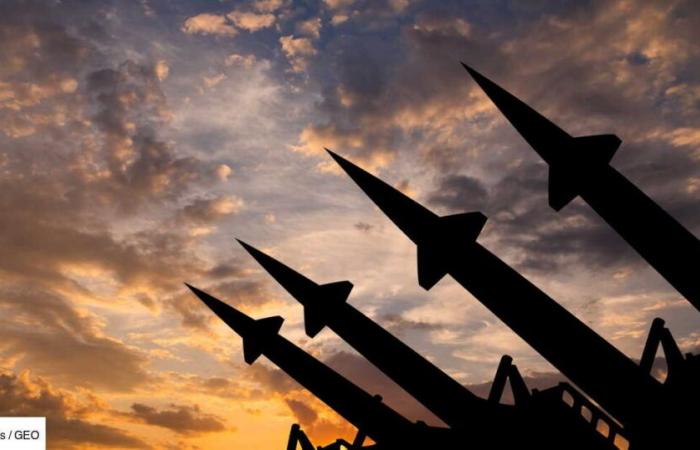The recent use of the Russian Orechnik missile, announced as unstoppable by the Kremlin, against Ukraine, has reactivated the fear of a nuclear war between Russia and the Western powers. According to predictions published in Nature Good and relayed by Newsweek magazine, such a conflict would cause the death of 6.77 billion human beings out of a total of more than 8 billion earthlings.
Three post-nuclear scenarios
However, it is not the nuclear strikes themselves which would annihilate humanity but the immense famines which would follow, caused by the destruction and then the contamination of cereals and livestock. The researchers established three scenarios linked to the state of these food resources: a first in which livestock production is continued, a second where all livestock are killed during the first year and a third halfway between the two .
Weapons used in the war in Ukraine
The West, Russia and China pulverized
This last scenario, judged to be the most probable, made it possible to establish a map of countries whose populations will probably be spared and those where they will be almost completely wiped out. The first and most enviable category includes Haiti, Costa Rica, Panama, Guyana, Suriname, Brazil, Paraguay, Uruguay, Argentina, Iceland, Gambia, Guinea Bissau, Oman and Australia.
Everyone else will suffer immeasurable losses. In the United States alone, more than 312 million people would die of starvation within two years of the start of the war. Which would represent more than 98% of the population. Figures which are also applicable to Canada, to all of Europe including France, to the vast majority of African countries, to China, India, Japan and, quite paradoxically, to Russia.
Europe on alert
In between, a few small, essentially island countries could get away with it at lower human costs. Indonesia would thus lose “only” 39% of its population, Mozambique 33%, the Philippines 25%, Senegal 22%, Malaysia 17%, the Dominican Republic 14% and New Zealand 9%. A particularity which is explained in particular by the levels of food dependence of each country since the study expects a total absence of international trade.
Since this renewed tension between Russia and Ukraine’s allies, several European countries have communicated with their populations about the best way to react in the event of attacks. The Swedish government distributed 32-page booklets through mailboxes, while Germany began to list potential bomb shelters, both private and public. A study from the University of Nicosia, Cyprus, published last year in the journal Physics of Fluids, advises standing in a corner of a secluded room away from doors and windows.






